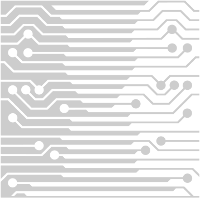 ©
2022 (2019) Design by Participating Students (Template: All Rights Reserved. Design by
Free Html Templates).
©
2022 (2019) Design by Participating Students (Template: All Rights Reserved. Design by
Free Html Templates).

Semantic parsing is a broad field with many approaches aiming
to provide differing insights into the semantic meanings of sentences
and represent these meanings in various ways. Our research focuses
on two main approaches of semantic graph parsing,
sequence-to-sequence-based and graph-based. Recent implementations
of these approaches make use of neural networks such as
Long Short-Term Memory or general Recurrent Neural networks,
each having their own advantages and disadvantages.
Transformers are a newer kind of neural network that solve
the problems faced by RNNs (vanishing gradients, limited context)
and also provide better performance as they are easily parallelizable
and require significantly less time to train. Additionally pre-training
transformers has shown benefits in many NLP processing
tasks but have yet to be fully explored for semantic graph
parsing. Our research aims to address this gap in the literature.
We thus aim to answer the following research question in addition to our specific research questions proposed in our individual sections: